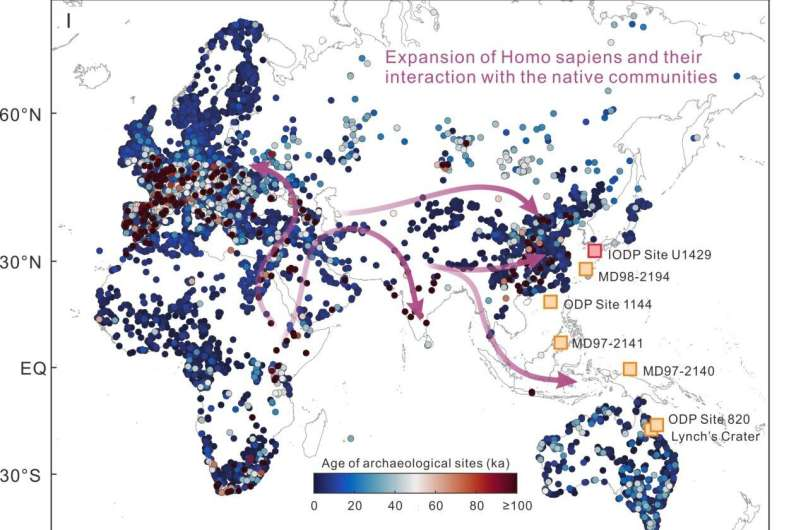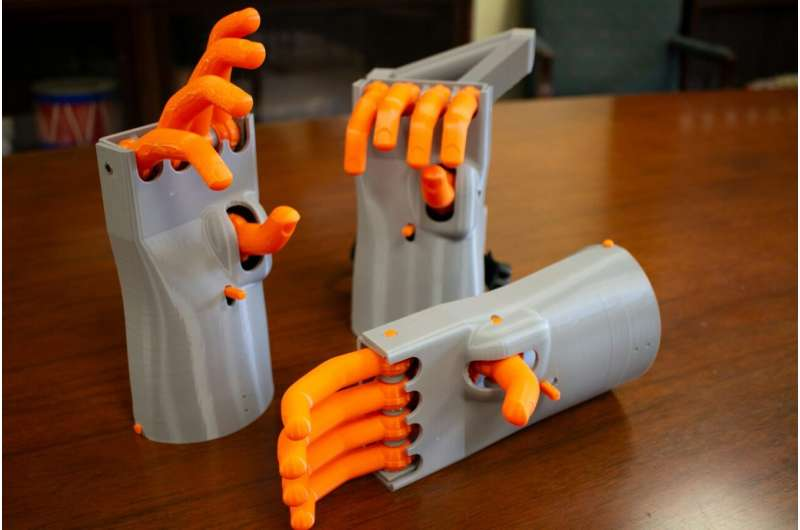Sacrifices, Labyrinths, and Myths: Interpreting the Minoan Connection in the Theseus Myth
In the tapestry of ancient Greek mythology, the narrative of Theseus, the Minotaur, and the labyrinthine conundrum they share is among the most gripping. This story transcends the realm of fascinating folklore, intertwining with archaeological and historical theories surrounding the enigmatic civilization of Minoan Crete. Central to these conjectures is the speculation that this mythic narrative might be an echo of real human sacrifices in ancient Minoan Crete, a theme widely explored in Greek mythology.
The Tale of Theseus and the Minotaur
The myth of Theseus and the Minotaur is firmly entrenched in Greek mythology's heroic tradition. King Minos of Crete, to suppress the wrath of Poseidon, confined a monstrous half-bull, half-man Minotaur within an intricate labyrinth. Every seven years, seven young men and seven maidens from Athens were sent as sacrificial offerings to the beast—a gruesome recompense for the murder of Minos' son in Athens.
Theseus, the son of Aegeus, king of Athens, volunteered as one of the young men in the third sacrificial tribute. Upon reaching Crete, he won the affection of Minos' daughter, Ariadne, who provided him with a sword and a ball of thread to navigate the labyrinth. Theseus triumphed over the Minotaur, retraced his steps out of the labyrinth, and sailed back to Athens, inadvertently causing his father's suicide by forgetting to replace his black sails with white ones, signaling victory.
Interpretations of the Theseus Myth
The legend of Theseus and the Minotaur has been subjected to various interpretations, particularly concerning its potential link to Minoan Crete's rituals. One popular theory is that the myth encapsulates the Athenian struggle against the maritime supremacy of the Minoan civilization and their eventual victory.
The sacrifices of young Athenians have been viewed as symbolic of a tribute or subjugation, representative of the political and economic tensions between the mainland Greeks and the seafaring Minoans. In this perspective, the defeat of the Minotaur by Theseus symbolizes the decline of the Minoan civilization and the rise of Athenian dominance in the Aegean Sea.
The Connection with Evidence of Human Sacrifices in Minoan Crete
The intriguing facet of this myth is the recurring theme of human sacrifice, a practice reflected in archaeological discoveries from Crete. Some scholars argue that the ritualistic killing of the young Athenians echoes real rituals in the Minoan civilization.
Archaeological evidence from Minoan sites such as Knossos and Phaistos reveals altar-like structures, bone remnants, and ceremonial paraphernalia, suggesting possible ritual sacrifices. Human bones, sometimes of young individuals, showing signs of violent death and ceremonial disposal, strengthen this theory.
Illustration by Kostas Pavlou
Moreover, bull imagery is abundant in Minoan art, indicating the creature's religious and cultural importance. The Minoan bull-leaping frescoes could metaphorically represent the myth's labyrinth, suggesting a dangerous ritualistic event rather than a literal maze.
However, evidence for human sacrifice in Minoan Crete remains contested. Critics caution against over-interpreting the fragmentary and ambiguous archaeological evidence. Some argue that the myth reflects not historical reality but rather mainland Greek/Mycenaean ethnocentrism, where the 'civilized' Athenians are contrasted against the 'barbaric' Crete.
The narrative of Theseus and the Minotaur continues to captivate audiences with its enduring themes of heroism, sacrifice, and redemption. Its potential links with the Minoan civilization and possible rituals of human sacrifice add layers of complexity and intrigue. Though shrouded in the mist of mythology and the passage of time, the tale's exploration allows us to shed light on the intriguing civilizations of the past and the enduring power of storytelling. As the labyrinth of the Minoan civilization continues to be unraveled, the myth of Theseus serves as a compelling testament to the intricate relationship between myth, history, and archaeology.









